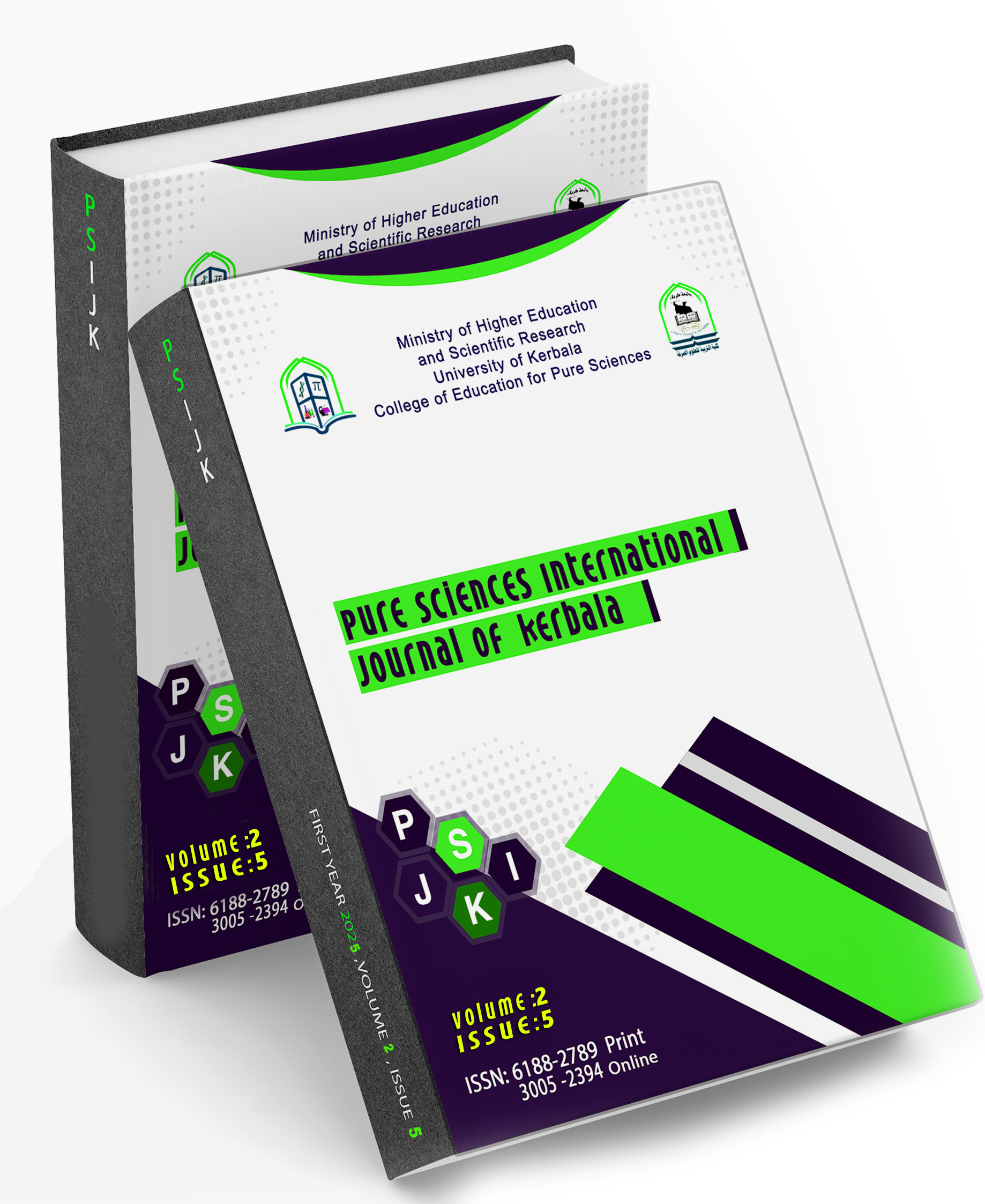Removal of Pollution with Methyl Orange Dye Waste Water by Using Novel Graft Nano Co-polymer
Keywords:
Co-polymers, methyl orange, pollutions, Synthesis of graft PTGM nanoparticlesAbstract
The grafted nanocopolymers were synthesized via an esterification process, where the first step was to generate a linear copolymer by reacting terephthalic acid with glycerol. Then, a certain amount of maleic anhydride was added to the resulting linear copolymer solution to obtain the grafted PTGM nanoparticles. The prepared nanopolymers were characterized using FT-IR spectroscopy, 1H-NMR, and atomic force microscopy (AFM). The average particle height was 8.3 nm and was exposed to three different temperatures (298, 308, and 318 K). Four different concentrations (1, 3, 5, and 7 ppm) of the nanocopolymers were examined and it was evident that they play a vital role in the adsorption process. The experimental results showed that the average surface area of this nanopolymer for adsorption of dye (methyl orange) decreased with increasing temperature, indicating that the process is endothermic. It was also observed that the highly efficient nanocopolymers were able to successfully remove (methyl orange) from aqueous solutions.





